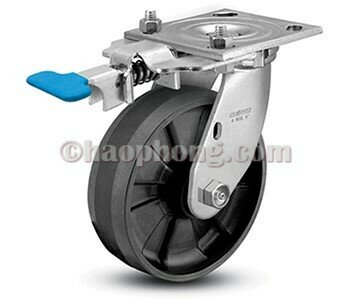Bearing
People in ancient times used mostly labor force to lift, push, or pull heavy objects over long distances. Today that job has become easier thanks to the help of Casters and Wheels. One of the important parts of the wheel is the bearing located in the wheel center. There are several common types of bearings as follows:
Sleeve
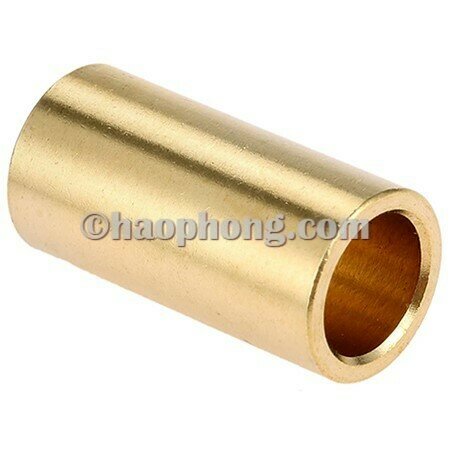
Metal sleeve is inserted in wheel and rests directly on axle. Only recommended when rolling ease is less critical.
Ball bearing

Theoretically, ball – raceway contact is limited to occasional. Ball bearings are the most widely used in industry because they feature the best performance/price ratio. They are found in wheels, car transmissions, farming machinery, machine tool spindles, etc. If the gap clearance is increased, angular contact is obtained; the bearing can now bear increased axial loads and performance levels are enhanced.
Roller bearing
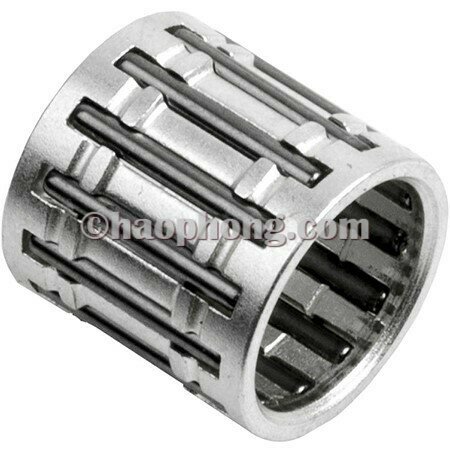
Roller – raceway contact is theoretically linear. The roller bearing is capable of carrying a greater load than the same size diameter ball bearing. It has a split outer race shell into which the roller assembly is inserted.
Sleeve
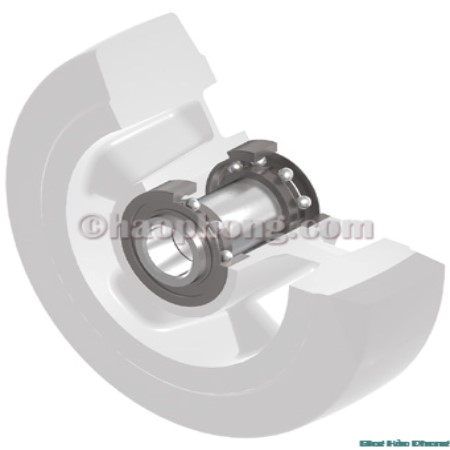
Ball bearing

ROLLER BEARING
Caster lock types
Unlike other means of transportation such as bicycles and motorbikes: The locking part of the wheel is not used to reduce speed, it is to lock the caster thus the trolley stays still. They may restrain the rotation of the wheel and swivel head. That to ensure safety when unused or preventing drift/ slide when stopping and parking on a slope. There are several common types of locks as follows:
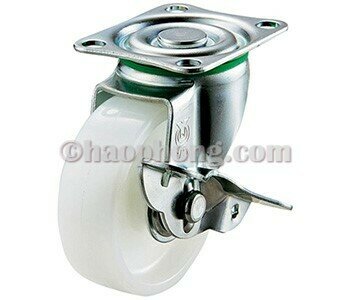
Clasp lock
If the lock is pressed down, it will have to go through a protrusion, squeeze the two steel fork legs together that shall lean on the wheel tightly to lock it.
Clasp lock only applied for Light duty Series as the steel bracket is still slim.

Hip side lock
Installed by a cog cut across the side of the steel fork frame to place the locl pads above the tire surface.
When locked, the upper brake pad will lower to touch the wheel, preventing the wheel from moving.
Widely applied from light to medium and heavy Series.
Dual brake (American style)
The brake pads will rest on the wheel and the cog will fit into the swivel neck groove. Thus the caster is completely locked: both the circular motion of the wheel and the ability to rotate of the swivel head.
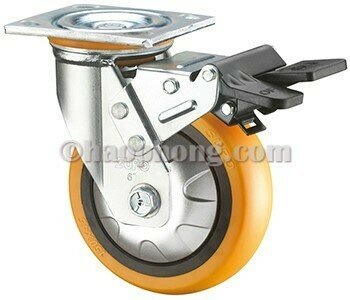
Dual brake (Japanese style)
Has a Z-shaped arm that extends outwards. The long lock handle makes the operation lighter than the American style.
Care should be taken when installing so that the locking handle does not reach out too much to cause a collision.
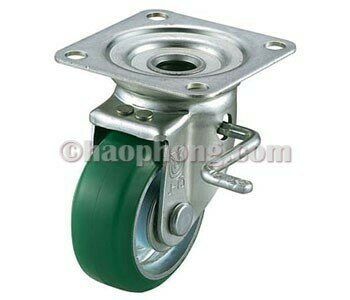

Height adjustable lock (Korea style)
In the aluminum alloy frame, there is a threaded system and a base. When turning the cog, it will push the base down to the ground and then hang the wheel up.
In addition, adjustable caster are also used to ensure that the platform is absolutely even.
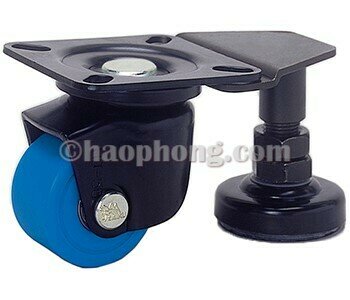
Height adjustable lock (Japanese style)
The principle is similar to the Korean style, but the threaded feet and the adjustable base are made as accessories to follow the wheel.
Easy to construct, easy to install. You also can remove the adjustable screw to install to another caster or even another trolley.
Floor lock
Accessories sold separately when the trolley has casters with no brake. When pedaling, the base will lengthen to hang the trolley high.
The floor lock here is American style. Japanese designs is different but the same principle.
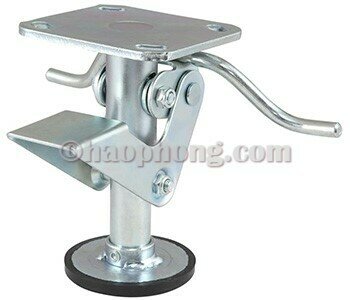
Swivel head lock
There is a latch to insert into the recess of the swivel head, causing the swivel head to become stuck and unable to rotate.
Thus, the latch lock has the effect of turning the swivel caster into a rigid one.
